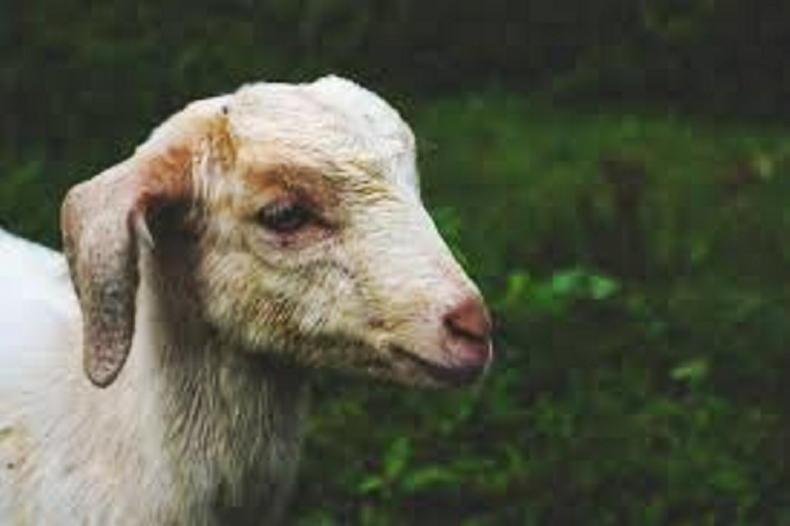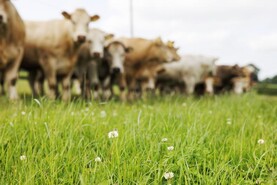A six-month-old pet lamb died in October after getting copper poisoning from cattle concentrates, Sligo regional veterinary lab (RVL) has found.
Before its death, the lamb had been noticed with drooping ears and had access to poorly conserved silage and cattle concentrate.
A post-mortem examination found that there was generalised jaundice and kidney copper levels were well above the normal levels.
Sligo RVL concluded that copper poisoning was the most likely cause of death and this was due to the cattle concentrates.
“These products have significantly higher copper content than feed designed for sheep and access to them frequently leads to copper poisoning in sheep,” the RVL report said.
Calf
Last September, a seven-month-old calf, which had become anorexic, was also found to have died of copper poisoning.
The carcase was submitted to Sligo RVL and a post-mortem exam showed there was generalised jaundice and scant intestinal contents, as well as the calf’s urine being brown in colour.
Copper concentrations were found to be in the toxic range in the calf along with black granules, indicative of copper, in affected areas.
The kidney also showed degeneration of tubular epithelium, and haemoglobin, tubular casts, sloughed off cells in ectatic tubules, and attenuation of tubular epithelium.
Copper poisoning was diagnosed as the most likely cause of death, however, the source of copper was not identified from the history in this case.
Read more
Sheep die after breaking into garden and eating rhododendron
Fewer animal parasite and more pneumonia deaths in late 2020
Thirty lambs die of suspected copper poisoning
Farmers warned of high lead poisoning risk for livestock in spring
A six-month-old pet lamb died in October after getting copper poisoning from cattle concentrates, Sligo regional veterinary lab (RVL) has found.
Before its death, the lamb had been noticed with drooping ears and had access to poorly conserved silage and cattle concentrate.
A post-mortem examination found that there was generalised jaundice and kidney copper levels were well above the normal levels.
Sligo RVL concluded that copper poisoning was the most likely cause of death and this was due to the cattle concentrates.
“These products have significantly higher copper content than feed designed for sheep and access to them frequently leads to copper poisoning in sheep,” the RVL report said.
Calf
Last September, a seven-month-old calf, which had become anorexic, was also found to have died of copper poisoning.
The carcase was submitted to Sligo RVL and a post-mortem exam showed there was generalised jaundice and scant intestinal contents, as well as the calf’s urine being brown in colour.
Copper concentrations were found to be in the toxic range in the calf along with black granules, indicative of copper, in affected areas.
The kidney also showed degeneration of tubular epithelium, and haemoglobin, tubular casts, sloughed off cells in ectatic tubules, and attenuation of tubular epithelium.
Copper poisoning was diagnosed as the most likely cause of death, however, the source of copper was not identified from the history in this case.
Read more
Sheep die after breaking into garden and eating rhododendron
Fewer animal parasite and more pneumonia deaths in late 2020
Thirty lambs die of suspected copper poisoning
Farmers warned of high lead poisoning risk for livestock in spring






 This is a subscriber-only article
This is a subscriber-only article










SHARING OPTIONS: